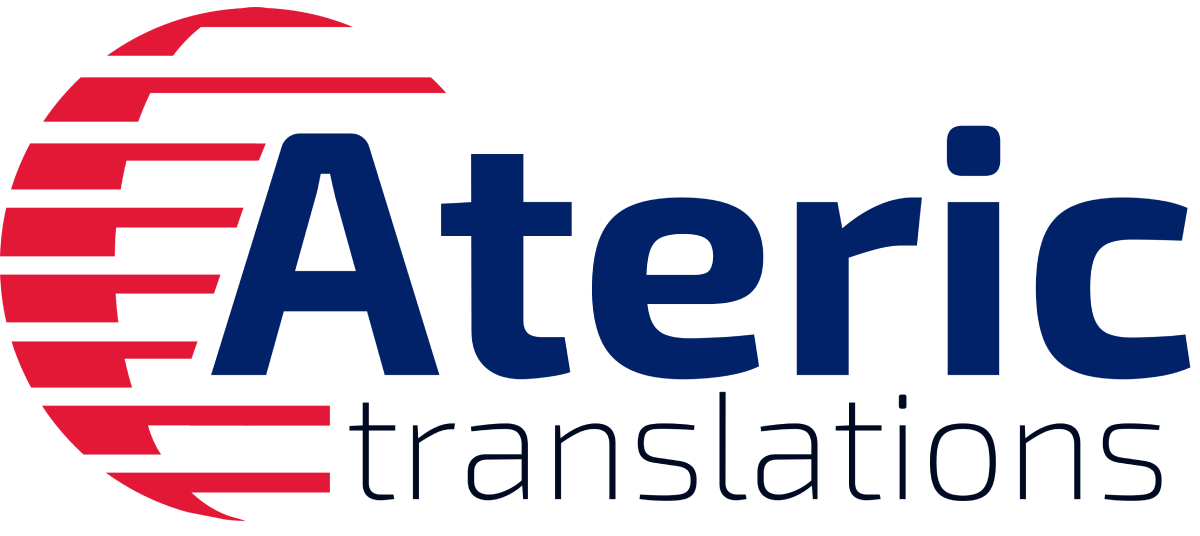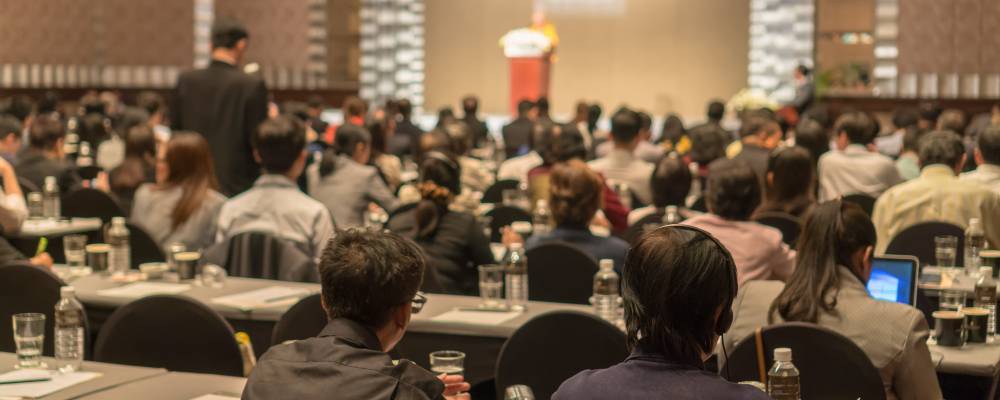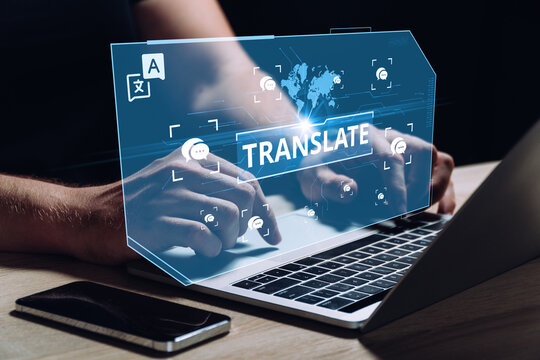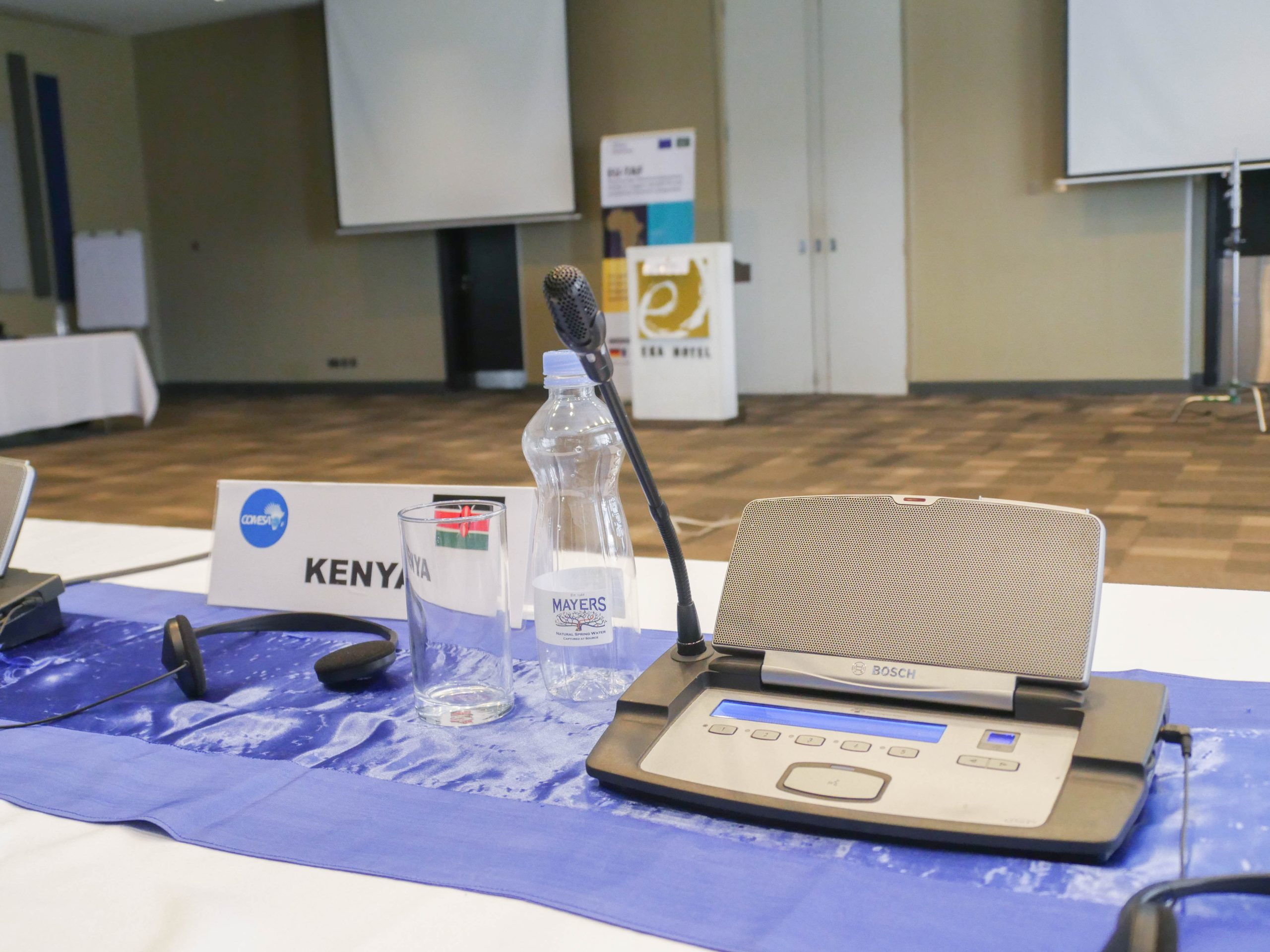
Planning an event requires precise preparation, especially when languages come into play. As your language service partner, we want to ensure that your event’s communication is crystal clear and culturally fluent. Here is a detailed checklist that covers the first five key steps to guarantee that language services are top-notch and seamlessly integrated.
-
Know your audience
Understanding your attendees is the foundation of effective language planning. Begin by collecting detailed information about the countries your participants are coming from, as well as their native or preferred languages. This profiling helps you identify the exact language pairs needed and the formats of interpretation (simultaneous, consecutive, whispered) or translation required. Having these details early means you can allocate resources wisely and provide an inclusive environment that respects everyone’s communication needs.
-
Secure linguistic support early
The quality of your interpreters and translators has a direct impact on the success of your event. It is crucial to book language professionals as early as possible and to be clear about your event’s subject matter, as terminology varies significantly across different fields. This helps your language service provider select interpreters who are familiar with your industry.
-
Prioritize technology
Interpretation technology can make or break multilingual communication. Ensure you coordinate with your language service provider to arrange the necessary equipment, including soundproof interpreter booths, high-quality headsets, microphones, and transmission systems. For virtual or hybrid events, confirm if the chosen platform supports simultaneous interpretation channels.
-
Prepare materials thoroughly
We cannot overemphasize this point enough; providing your language professionals with all relevant materials before the event drastically improves interpreter performance. This includes agendas, session descriptions, presentation slides, scripts, and any printed or digital signage. Early access enables interpreters to become familiar with terminology and content flow, thereby reducing confusion and miscommunication. It also gives them time to seek clarification on ambiguous terms or concepts and ensure consistency across languages.
Additionally, don’t forget that every participant touchpoint, whether visible signage or handouts, should be translated appropriately to create a fully inclusive environment that speaks directly to your diverse audience.
-
Communicate clearly
Seamless language services rely on clear communication with all parties involved. Before the event, brief the speakers, moderators, event staff, and vendors on the language support setup. Establish a clear point of contact or help desk dedicated to language services to promptly address any issues that may arise during the event.
In conclusion, by focusing carefully on these five areas, your international event will be well-positioned to foster inclusive, clear, and culturally attuned communication. As your language service partner, we are here to help you bridge language barriers and create an unforgettable global event. Reach out to us today, and let’s start a conversation about your unique needs and discover how our tailored services can ensure every voice is heard.
-
Previous Post
HOW SIGN LANGUAGE CREATES INCLUSIVE MEETINGS
-
Next Post
TRANSLATION SERVICES IN KENYA
